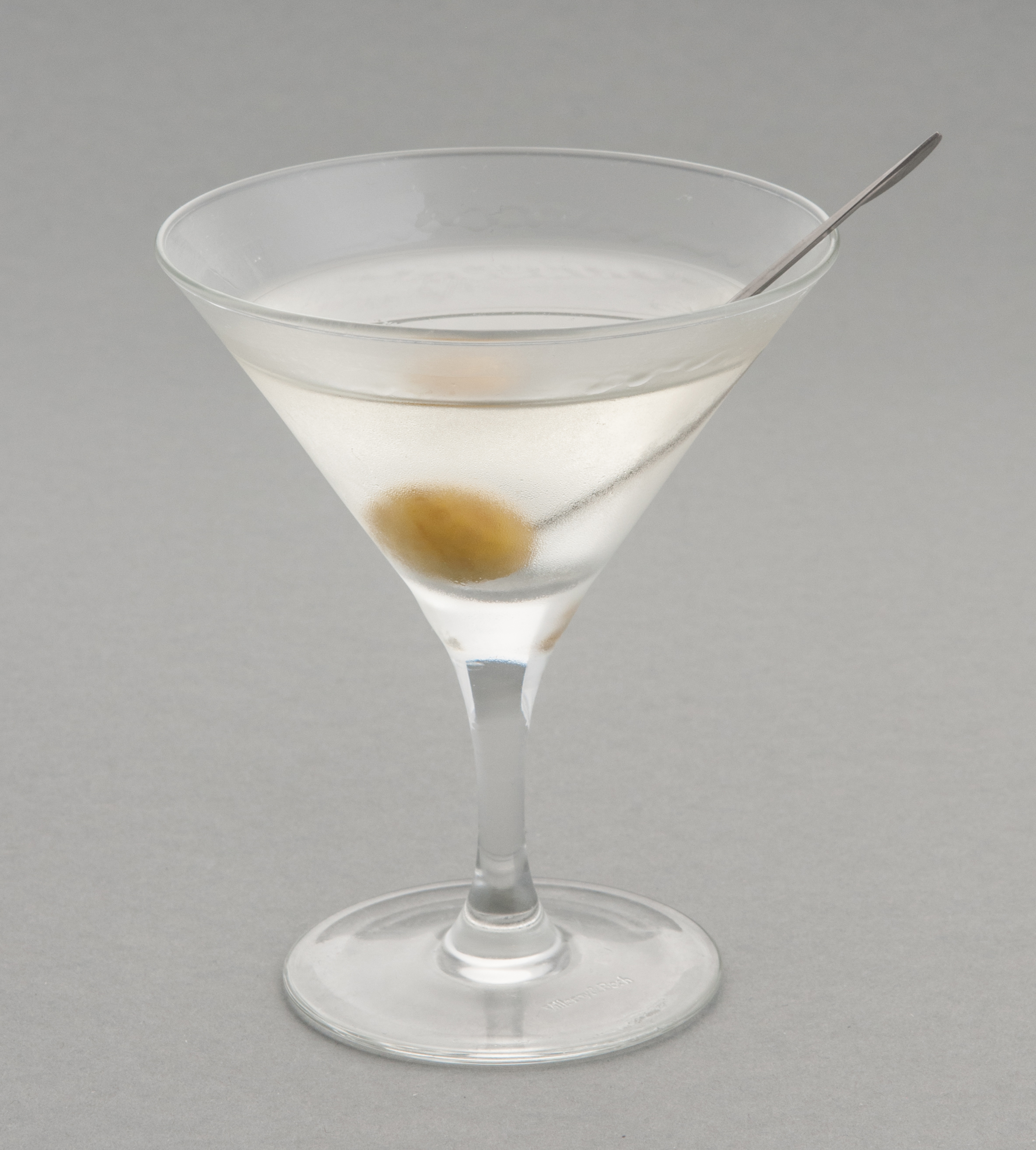Mixology 101
- An Introduction to Mixology
- Mastering Classic Cocktails
- Advanced Techniques and Recipes
An Introduction to Mixology
Cocktail Ingredients & Garnishes: A Comprehensive Guide

Alcoholic mixed drink.
Cocktails are more than just a mix of spirits and mixers; they are a symphony of flavors, textures, and aromas that come together to create a unique drinking experience. The ingredients and garnishes you choose can significantly impact the overall quality and taste of your cocktails. This article will provide a comprehensive overview of common cocktail ingredients and garnishes, their roles in cocktails, and how to prepare and store them.
Understanding Cocktail Ingredients
Cocktails typically consist of a spirit base, a sweetener, a sour or bitter component, and a mixer.
Spirits: These are the foundation of any cocktail and include vodka, gin, rum, tequila, whiskey, and more. Each spirit has its unique flavor profile and strength, which can significantly influence the cocktail's taste.
Sweeteners: These balance the strength and bitterness of the spirits and can range from simple syrup to flavored liqueurs and even honey or agave nectar.
Sour or Bitter Components: These ingredients, such as citrus juices or bitters, add complexity to the cocktail and help balance the sweetness.
Mixers: These can be anything from soda water to fruit juice, and they help dilute the cocktail and add additional flavors.
The Role of Garnishes in Cocktails
Garnishes are not just for decoration; they play a crucial role in enhancing the cocktail's overall sensory experience. They can add color, aroma, flavor, and even texture to a cocktail. For example, a sprig of mint can add a refreshing aroma to a mojito, while a twist of lemon peel can add a zesty flavor and vibrant color to a martini.
Preparing and Storing Cocktail Ingredients and Garnishes
Proper preparation and storage of your cocktail ingredients and garnishes are essential to maintain their freshness and flavor.
Ingredients: Spirits should be stored in a cool, dark place and can last for several years. Sweeteners like simple syrup should be refrigerated and used within a month. Fresh ingredients like citrus juices should be used immediately or refrigerated and used within a couple of days for the best flavor.
Garnishes: Fresh garnishes like herbs and citrus slices should be prepared right before serving to maintain their freshness. Dried garnishes like spices or dehydrated fruit slices can be prepared in advance and stored in an airtight container.
In conclusion, understanding your cocktail ingredients and garnishes and how to properly prepare and store them can significantly enhance your home bartending experience. So, the next time you mix a cocktail, remember that each ingredient and garnish plays a crucial role in creating a delicious and visually appealing drink.